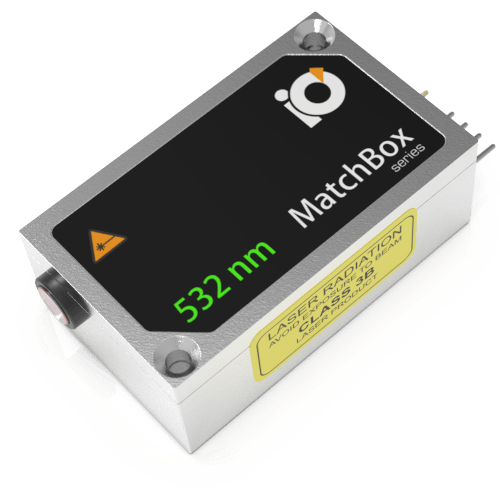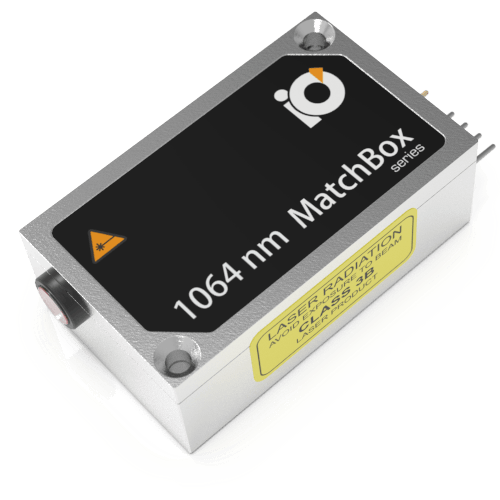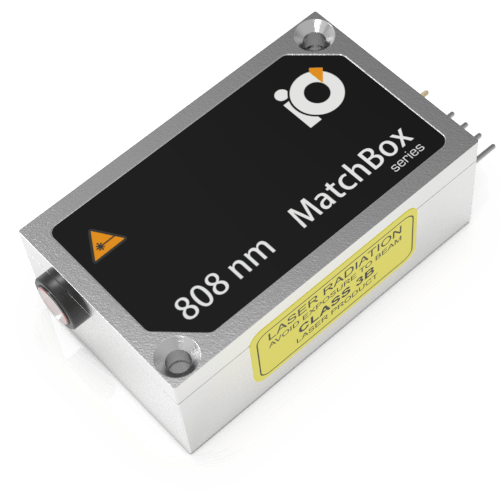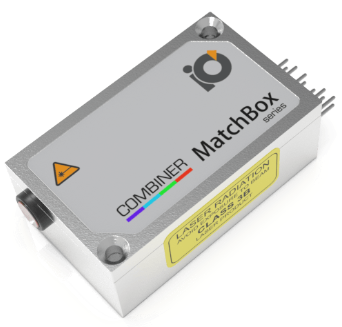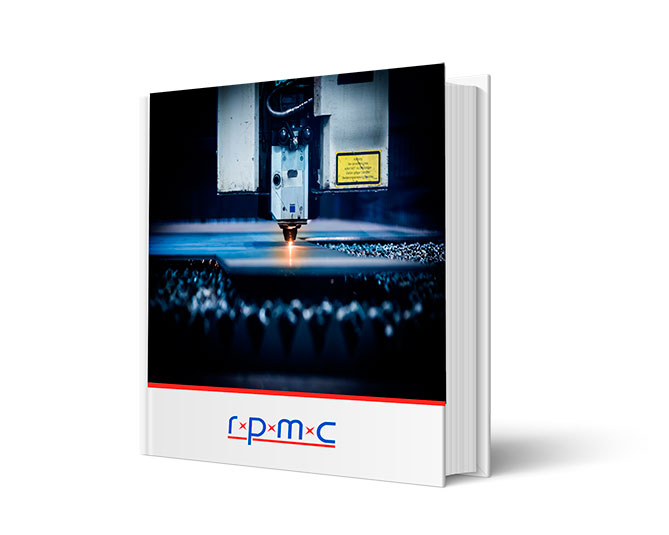532L-2XB
Laser Module, SLM, 532nm
Key Features:
- 532nm
- Multiple Fiber Coupled Options
- Ultra-compact All-in-one Design
- Thermally stabilized optics
- Monolithic Design
- Hermetically Sealed
- Automatic Power Control
- +5VDC Input Voltage
There are many configurations and options available. If you do not see exactly what you need below, please contact us!
POPULAR CONFIGURATIONS:
Picture |
Part Number |
Part Description |
Datasheet |
Price |
Lead Time |
Quantity |
|
|---|---|---|---|---|---|---|---|
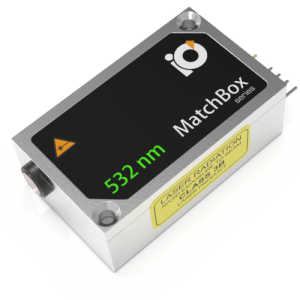
|
0532L-21B-NI-NT-NF |
SLM DPSS Module, 532nm, 50mW, Free Space |
|
$6,550.00 |
10-14 weeks |
Get Quote | |
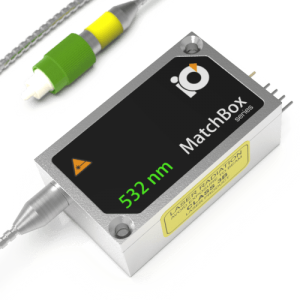
|
0532L-23B-NI-AT-NF |
SLM DPSS Module, 532nm, 25mW, Single Mode Fiber w/ FC/APC connector |
|
$8,063.00 |
10-14 weeks |
Get Quote | |

|
0532L-24B-NI-AT-NF |
SLM DPSS Module, 532nm, 40mW, Multimode Fiber w/ FC/APC connector |
|
$7,513.00 |
10-14 weeks |
Get Quote | |

|
0532L-25B-NI-AT-NF |
SLM DPSS Module, 532nm, 25mW, Polarization Maintaining fiber w/ FC/APC connector |
|
$8,338.00 |
10-14 weeks |
Get Quote | |
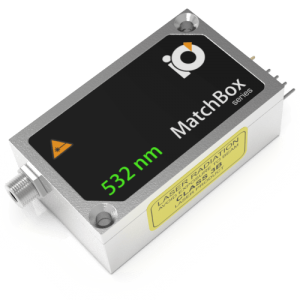
|
0532L-26B-NI-NT-NF |
SLM DPSS Module, 532nm, 40mW, SMA Port |
|
$7,513.00 |
10-14 weeks |
Get Quote |
The 532L-2XB is a 532 nm, single longitudinal mode (SLM) DPSS laser module from RPMC. The Matchbox series includes single-mode and multimode lasers, offering excellent performance and reliability in an ultra-compact “all-in-one” driver integrated laser head. The 532L-2XB comes standard with internal voltage up-conversion that allows using a 5V power supply while maintaining low noise operation. The module contains a powerful Peltier cooler, microprocessor-based electronics, a USB control interface, and many useful accessories for ease of integration. In portable applications, this laser can be powered from conventional USB power banks. The monolithic design of the Matchbox Series laser includes thermally stabilized optics in a hermetically sealed housing ensuring reliable and maintenance-free operation. All the Matchbox series modules include a 12-month warranty and are RoHS compliant. For fiber delivery, please check MM, SM, PM fiber output options. Higher output power is available on request.
These continuous wave laser modules have many configurations and provide elite performance in an ultra-compact package. They are available with either free-space or fiber-coupled output and options for break-out boxes, heatsinks, shutters, and power supplies. The key advantages for these modules include providing top-quality power electronics in the same housing while obtaining excellent output power and performance/price ratio.
These modules offer excellent beam quality and accuracy, user-friendly software with multiple parameter monitoring, low power consumption, high cooling capacity, rugged housing, and more. If you would like more information or want to request a more customizable laser, don’t hesitate to contact one of our product managers.
Green single-frequency laser at 532 nm is one of the most important lines for Raman excitation. A very narrow spectrum combined with good beam quality makes this laser perfect for scanning micro Raman applications as well as portable diagnostic applications, RGB holography, and various scientific setups.
The MatchBox combiner offers up to four different wavelengths in a single housing if multiple wavelengths are needed. The following link will lead to the MatchBox Combiner Page for more information on the wavelength combiner options.
| Type | |
|---|---|
| Wavelength (nm) | |
| Output power (W) | |
| Mode | |
| Output | |
| Linewidth | |
| Coherence length |


